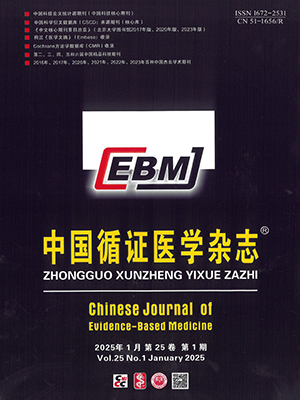| 1. |
Likert RA. A Technique for Measurement of Attitudes. Arch Psy NY, 1932, 140: 1-55.
|
| 2. |
王春枝, 斯琴. 德尔菲法中的数据统计处理方法及其应用研究. 内蒙古财经学院学报 (综合版), 2011, 9(4): 92-96.
|
| 3. |
Shiffman RN, Dixon J, Brandt C, et al. The GuideLine Implementability Appraisal (GLIA): development of an instrument to identify obstacles to guideline implementation. BMC Med Inform Decis Mak, 2005, 5(1): 23.
|
| 4. |
Gagliardi AR, Brouwers MC, Palda VA, et al. How can we improve guideline use? A conceptual framework of implementability. Implement Sci, 2011, 6(1): 26.
|
| 5. |
Agree Collaboration. Appraisal of Guidelines for Research and Evaluation in EuropeⅡ (AGREE-Ⅱ) Instrument. 2009. Available at: http://www.oalib.com/references/7933277.
|
| 6. |
Li H, Xie R, Wang Y, et al. A new scale for the evaluation of clinical practice guidelines applicability: development and appraisal. Implement Sci, 2018, 13(1): 61.
|
| 7. |
Dawes JG. Do Data Characteristics Change According to the Number of Scale Points Used? An Experiment Using 5 Point, 7 Point and 10 Point Scales. Inter J Mark Res, 2008, 50(50): 61-77.
|
| 8. |
Babakus E, Mangold WG. Adapting the SERVQUAL scale to hospital services: an empirical investigation. Health Serv Res, 1992, 26(6): 767-786.
|
| 9. |
AGREE Collaboration. Development and validation of an international appraisal instrument for assessing the quality of clinical practice guidelines: the AGREE project. Qual Saf Health Care, 2003, 12(1): 18-23.
|




